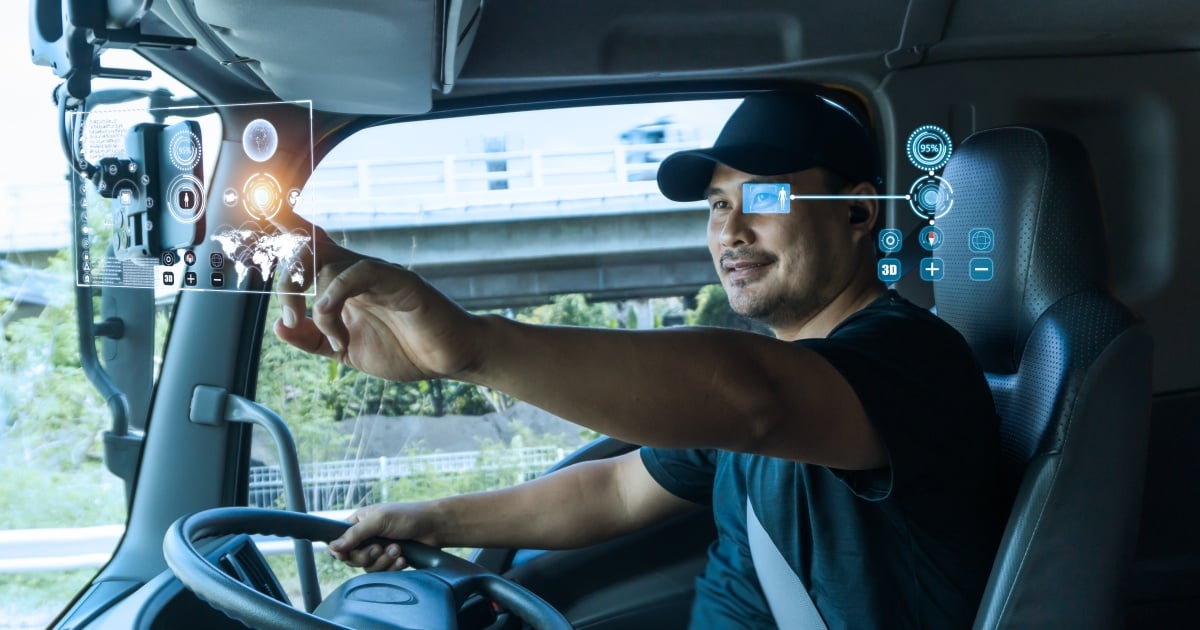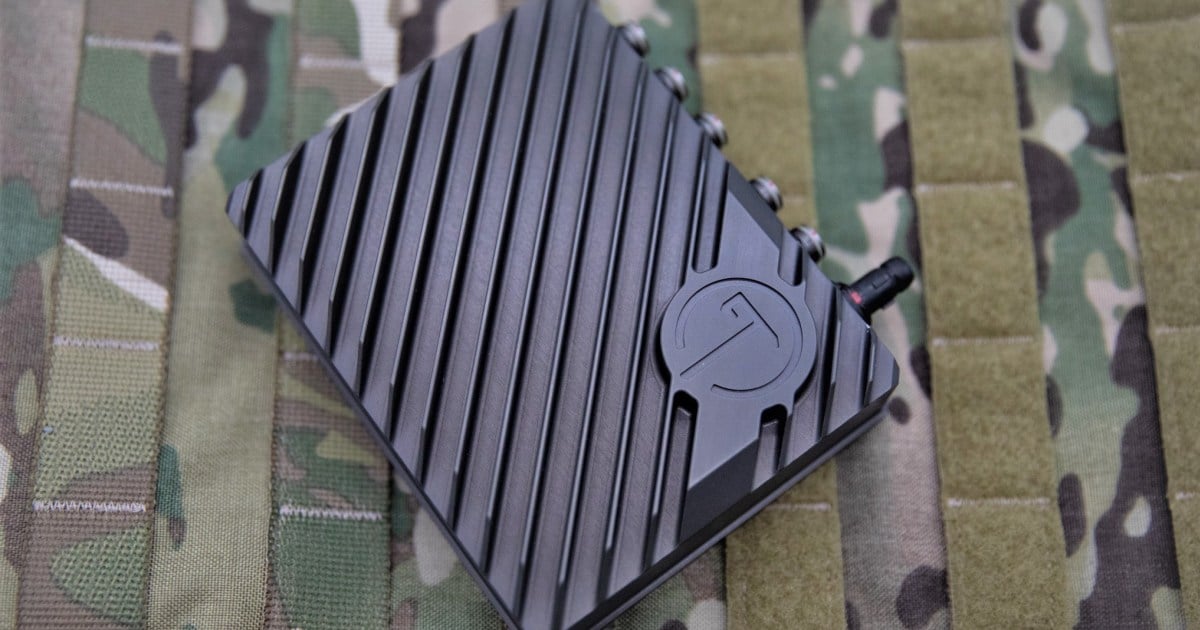The numbers associated with the IoT revolution are growing to staggering proportions. Experts predict up to 30 billion autonomous devices will be connected via the Internet by 2020. Research firm IDC forecasts the installed base of IoT devices will extend to 212 billion things—phones, sensors, various devices, and systems—by that same year. The spending on information and communications technology and services (ICT) associated with IoT, already at $4.8 trillion globally in 2012, is estimated to increase to $8.9 trillion by the end of this decade.
If these well-considered predictions prove correct, someone—or something—of significant capability will have to direct all the processes driven by those devices. That something is IT automation.
Multiple reasons explain why intelligent IT automation platforms will be at the center of the IoT revolution. By its nature, the Internet of Things is a data-centric phenomenon. From adjusting a thermostat to orchestrating the movement and activity of a self-propelled mining truck, decisions must be made based on information. The volume of data is incredible—and manual data processing, due to the risk of errors and miscalculations, is rarely sufficient to handle the millions of tasks involved.
Another factor is the real-time nature of IoT. In order for connected devices to perform their functions, instant decision-making is critical. Automobiles and other vehicles depend on up-to-date information; healthcare, manufacturing, retail and many other industries require immediate, or nearly immediate, analysis for key applications.
In the past, a more traditional mix of hardware, software, and skilled IT workers typically handled complex data processing tasks. In this new era, however, an exponential increase in resources and performance is called for. And while the introduction of cloud and virtual services has created a flexible, pay-as-you-go environment for digital assets, IT manpower continues to be stretched to the limit. Organizations need to find solutions that can effectively close the staffing gap and keep up with the challenges and potential of cloud computing.
As with most forms of enterprise computing, IoT depends on policy-based, rules-driven processing—the fundamental value-add of intelligent IT automation. Automation solutions collect data from devices, then pass that data to other devices that analyze it on-the-fly. When results are ready, the automation platform automatically alerts the proper individuals and devices. Automation also ensures that downstream processing continues without interruption. In the event of a slowdown or blockage, automation directs IT staff to the problem location, ensuring the issues is resolved quickly and efficiently while minimizing time to resolution.
IT automation serves as the central hub for data processing, enabling reliable, end-to-end workflow execution across many different applications, operating systems and computing systems. It already has built-in integrations to applications that manage ETL, business intelligence, file transfers, and other important processing tasks. Perhaps most valuable of all are smart analytics that can find and make sense of the puzzle pieces of critical insights embedded in the massive IoT data stream. These analytic capabilities connect the seemingly random dots in IoT and present them where needed, along with recommendations for action. With an automation solution governing workflows, disparate activities are coordinated and devices perform as expected.
Rules-based, policy-driven IT automation interprets the processes, understands the dependencies, and monitors the execution of tasks to ensure that the right things are done in the right order, at the appropriate time, and by the correct people and devices. With IoT at the forefront of the next era in computing, it’s important to think about how this technology will be coordinated to fulfill its promise. Intelligent automation is the key—and the time to start planning is now.
JIM MANIAS is Vice President of Advanced Systems Concepts, Inc.
Edited by
Ken Briodagh





